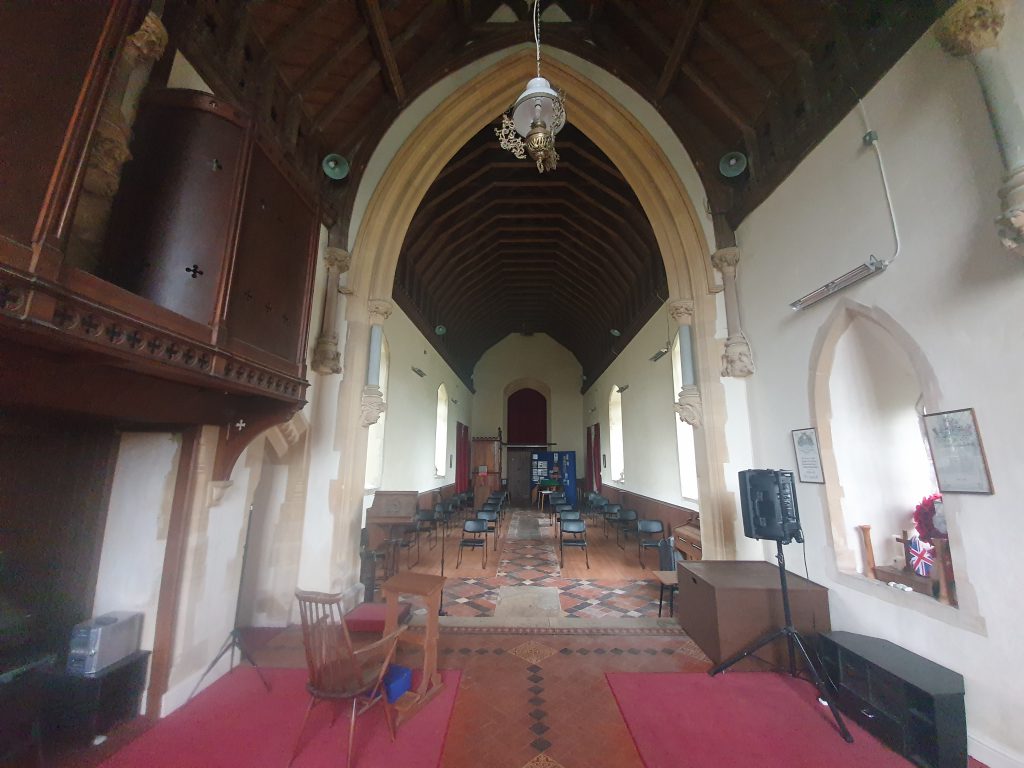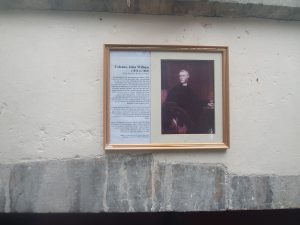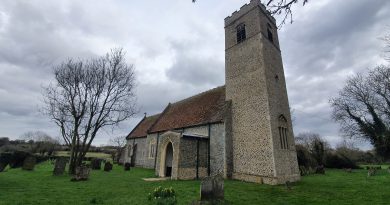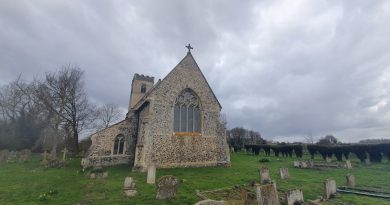Forncett St Mary – St. Mary’s Church (John William Colenso)
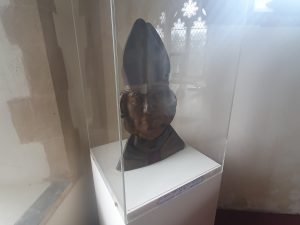
It’s clear from items around St. Mary’s Church in Forncett St. Mary that they’re rather proud of John William Colenso, their former rector who went on to become the first Bishop of Natal.
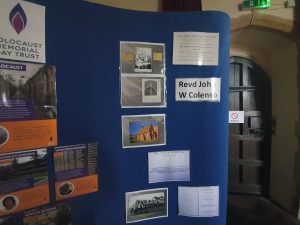
Colenso was born in Cornwall in 1814 and was educated at St. John’s College, although this whole process required some considerable financial initiative to self-fund. He was the Second Wrangler at Cambridge University, meaning that he received the second highest marks for maths, so there’s little doubt he had lots of academic ability. Anyway, after some time spent teaching, he decided to take on the role of rector at St. Mary’s Church in 1846.
It was reported in the local press that Colenso had taken over the Rectory at Forncett St. Mary and become rector, with a value of £979. The position of rector back then wasn’t one which required any religious qualifications, it was more a way of living and the role had to be purchased. It wasn’t essential then for rectors to be ordained, although Colenso was, he had been ordained by the Lord Bishop of Ely in May 1840.
Colenso spent seven years at St. Mary’s, before being invited to become the first Bishop of Natal, a post he took up in June 1853. His interest in the well-being of the Zulu ethnic group was notable, and caused some local opposition. Another issue was that Colenso had a mathematical background and was interested in fact and logic, so he had some issues with some of the text in the Bible. He wrote in his book “Pentateuch and Book of Joshua Critically Examined” that he had concerns and he also stated that he opposed the idea that sinners should be eternally punished.
There were attempts to remove him from his post and Robert Gray, the Bishop of Cape Town, the man who had encouraged Colenso to go to Natal, now decided that he should be charged with heresy. The situation wasn’t, to be honest, entirely ideal for the church. Colenso was found guilty of heresy, then the Church of England decided that they had no jurisdiction and so reversed their decision. Colenso was sort of sacked in 1869, but also sort of retained his role, all caused by creating a dual system and a divided church. The Cathedral of Natal today recognises both sides in the whole debate, so healing has finally taken place.
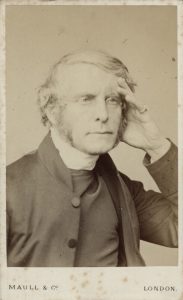
Colenso was interested in the matter of polygenism, a belief that different races were created separately by God at the same time. Often used to promote racial inequality, Colenso came from the angle that everyone should be equal because they were created equal. Although this field has been rejected now by science, Colenso did much work on ensuring that the rights of everyone in South Africa were looked after, and that wasn’t universally accepted at the time (nor indeed for a long time after).
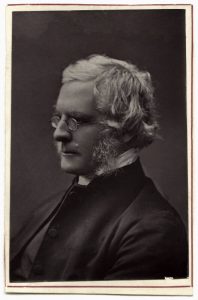
Colenso died on 20 June 1883 in Durban at the age of 69, still in his role as the Bishop of Natal. This takes me back to the church in Forncett St Mary, which feels a very long way from South Africa. Colenso had married Sarah Frances Bunyon in 1846, the same year he took over the rectorship at St. Mary’s, and they had five children. One of those children, Harriette Colenso, became a Christian missionary in South Africa, and another, Frances Colenso, became an historian of the Zulu Wars.
On 22 June 1883, the Eastern Daily Press published an article on Colenso’s life, noting how the Church in South Africa had been split into two following the debates that he had raised. The newspaper noted that he was “an ardent defender of the African against the white man” and how “his sympathies often lay with the Africans”. The parish register for the church of St. Mary is in the possession of the Norfolk Record Office and Colenso’s name is present at nearly every baptism that took place during the years he was there, a seemingly very meticulous rector. And he could have had a good living in Forncett St. Mary for very many years, but he decided to spread the Christian message in South Africa, so I can imagine that he was quite a character.

